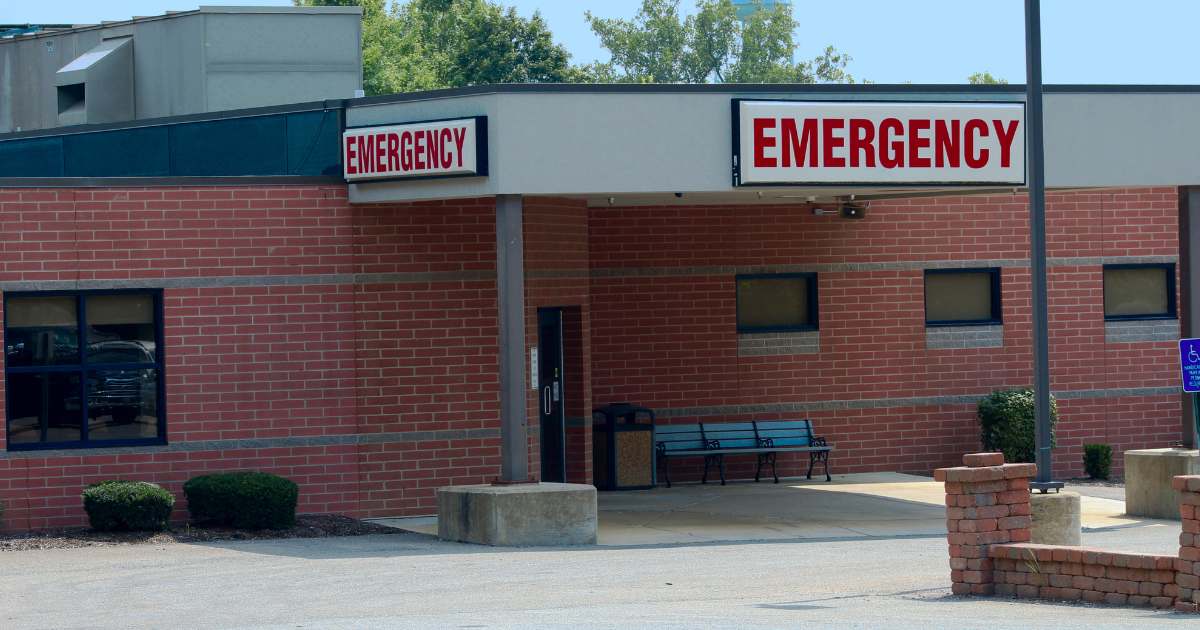Healthcare in Georgia
Georgia’s Certificate of Need laws and limits on scope of practice limit healthcare access to many in the state, particularly those in rural areas.
How underserved is most of Georgia?
Out of Georgia’s 159 counties:
- 9 Georgia counties do not have any type of physician at all
- 18 Georgia counties do not have a family medicine physician
- 40 lack an internal medicine physician
- 65 Georgia counties do not have a pediatrician
- 82 Georgia counties do not have an OB-GYN
- 90 do not have a psychiatrist
Restrictions enacted by the state are a driving force of the limited healthcare access for many Georgians.
Full practice authority for nurse practitioners and physician assistants
Unfortunately, this reflects an alarming trend in which Georgia’s healthcare disparities continue to widen. This is demonstrated by the previous license renewal period, in which eight Georgia counties did not have a physician, 11 did not have a family medicine physician, 37 did not have an internal medicine physician, 63 did not have a pediatrician, 75 did not have an OB-GYN, and 84 did not have a psychiatrist.
By expanding the ability of healthcare professionals to practice to the full extent of their training, Georgia can close its widening provider gap. Research from comprehensive studies assessing the effects of full practice authority for physician assistants and nurse practitioners is clear—unlocking the potential of these providers improves access to quality care for patients and does not expose patients to any new harms. States that grant full practice authority, allowing physician assistants and nurse practitioners to operate independently and without physician supervision, have increased healthcare access to underserved populations including rural residents, mental health patients and Medicaid recipients. The research has also indicated positive economic benefits for the community.
Allowing full practice authority for nurse practitioners and physician assistants not only contributes to improved healthcare outcomes, but allowing them to practice independently is associated with improved economic outcomes for these underserved populations.
What are the disadvantages of Certificate of Need laws?
Georgia’s Certificate of Need laws limit healthcare access to many in the state.
The Georgia Public Policy Foundation’s recently-published study of CON laws assesses the effect on availability of care. Access to healthcare is the most-studied aspect of CON laws. Since CON is designed to limit the supply of technology and investment, it is intuitive that those regulations would also limit the availability of services.
The study’s findings overwhelmingly support this assumption.
Healthcare “availability” can mean a few different things, and this study uses multiple techniques to measure it. Some tests counted the number of service providers per capita, and some counted units of medical technology per capita. Others measured how far patients must travel to obtain care or how long patients must wait until they can be served.
Of the 72 tests that assess CON’s effect on availability services, 59 (or 82%) were associated with diminished availability, while nine demonstrated neutral outcomes and only four showed greater availability. However, one of the four positive tests was interpreted as negative by its author, and the others also found negative associations in other circumstances.
Controlling for other possibly-confounding factors, researchers find that the average patient in a state that maintains CON regulations has access to:
- 30 to 48 percent fewer hospitals;
- 14 percent fewer ambulatory surgery centers (ASCs);
- 30 percent fewer rural hospitals;
- 13 percent fewer rural ASCs;
- 25 percent fewer open-heart surgery programs;
- 46 percent fewer facilities offering coronary artery bypass graft (CABG);
- 20 percent fewer psychiatric care facilities;
- 50 percent fewer home health agencies;
- fewer hospitals offering revascularization;
- fewer dialysis clinics;
- fewer hospitals per cancer incident;
- fewer neonatal intensive care units (NICU); and
- fewer alcohol and drug abuse facilities.
Patients in CON states have access to fewer medical imaging devices and fewer hospital beds. They face longer wait times, must typically travel farther to obtain care and are more likely to leave their states for care.
Read more
How do we provide the best health coverage for Georgians?

Examining Georgia’s health insurance marketplace

As competition decreases, the cost of healthcare rises

What does the FTC’s ban on non compete clauses mean for healthcare?

Existing service providers are always the loudest voices against change
